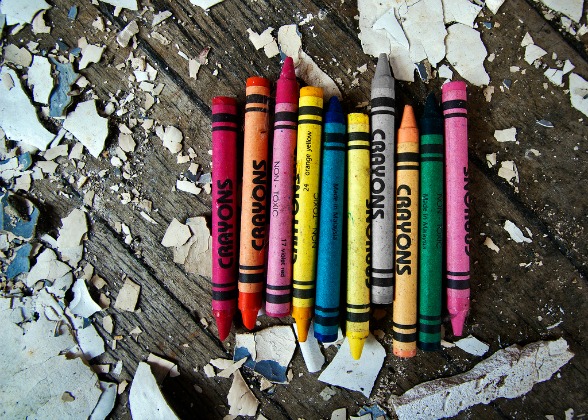When Is it Perfect Enough?
A first grade teacher was asked by a visitor to her classroom how she managed to inspire such wonderful drawings from her young students. The teacher responded: “I know when to take the crayons away.”
On the other hand, the renowned painter, Pierre Bonnard—and perhaps others—was said to have sneaked into museums to touch up his own works on display.
This raises the question: What does a completed painting look like? Does the artist have the right to return later, once the painting has been acquired, to adjust the color of the pine tree in the foreground? Should he, if it really wasn’t quite right? And when does adaptation pass the point of diminishing returns and simply become an overworked piece of art?
I use painting as an example because there’s only one original. If it’s on display, the adaptation would have to be done either in the dead of night when the museum is closed, or brazenly, in full view of the public. And if it were done, would anyone even notice — much less appreciate — the difference?
But what I’m really struggling with is how the concept of completion applies to a written work. In this case, a novel. And I’m not talking about adding more blue to the dark greenish shadowed undergrowth in the background. I’m talking about editing an entire manuscript. Beginning. To. End.
This is not about correcting grammatical or spelling errors, which are either right or wrong. It’s not even about style and repetition, clarification and clarity, or flow and sentence structure and images and dialogue. It’s about bringing every sentence closer to perfection. Every phrase can always be improved; every image sharpened, every piece of dialogue made to echo more profoundly in the reader’s mind. And every improvement points out the imperfections in the next phrase or the previous one.
There is an inherent danger in returning to a work of fiction after leaving it to cool in the drawer for a month or two. The danger is that what looked finished is suddenly seen to be still in a rough form, filled with imperfections—even after the manuscript has been subjected to the scrutiny of two dozen early readers. Is it done? How is one to know? And who gets to decide?
One answer may be this: Despite the best efforts of others, no one can know as well as the writer how he wants his writing to read. He has to demand more of his work than anyone else can. And even then, it can still be improved. I guess the answer is to keep the crayons out of sight, but always within reach. So if you catch me fumbling in the dark for a crayon, you’ll know why.

